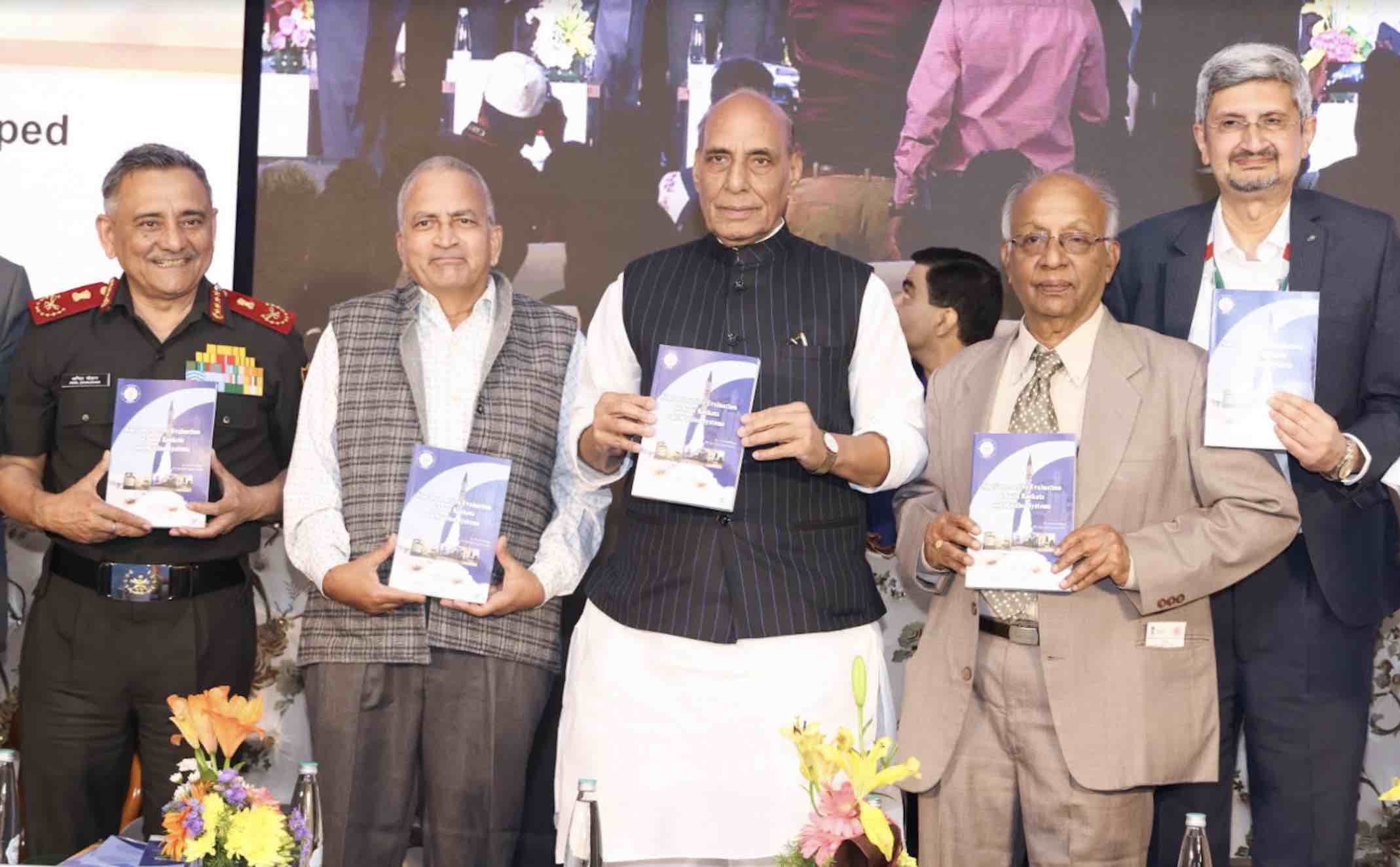By Ajai Shukla
Unsigned editorial
Business Standard, 14th Feb 23
At the inauguration of the Aero India 2023 exposition in Bengaluru on Monday, Prime Minister Narendra Modiendorsed Defence Minister Rajnath Singh’s repeated calls for Atmanirbhar Bharat (self-reliant India) – an India that meets its own requirements of arms and defence equipment without relying on the “original equipment manufacturers” (OEMs) that dominate the global military landscape. In a series of policy assertions over the last eight years, Mr Modi’s government has set out ambitious targets that would lead to self-sufficiency and to transforming India into one of the world’s largest defence manufacturing countries. The targets include expanding annual defence production to Rs 175,000 crore, taking defence exports from $1.5 billion to $5 billion by 2024-25, incrementally banning the imports of several high-tech and complex weapons platforms and building up the capabilities of Indian industry, especially medium, small and micro enterprises (MSMEs), which have traditionally been the source of high-technology breakthroughs.
These measures were mentioned by Mr Modi as far back as 2015, when he attended Aero India for the first time and aroused the hopes of Indian defence manufacturers as well as global OEMs. Since then, many of the world’s major arms producers who have gravitated to India, have begun echoing the Atmanirbhar Bharat call. But the figures that are used tell a different story of large overseas component in so-called “indigenous” platforms. The Sukhoi-30MKI and Tejas fighters, the Hawk trainer, Dhruv helicopter and Dornier-228 aircraft are deemed indigenous, but are actually 40-60 per cent imported, according to Parliament’s Standing Committee for Defence. Similarly, Bharat Electronics imported 44 per cent of the input materials it used in 2015-16, Bharat Earth Movers Ltd imported 21.68 per cent, and other defence public sector units (DPSUs) and ordnance factories (OFs) have lower, but significant, shares. Adding these import costs would present the real picture of indigenisation.
Indian policymakers need to understand that manufacturing of components in aerospace and defence amounts to only a negligible part of the design, development, integration, maintenance, overhaul and upgrade of weapons platforms; which are what adds up to the “life cycle cost” of that equipment. It is seldom appreciated that the ticket price of a weapons platform is barely one-fifth to one-seventh its life cycle cost. For Atmanirbharta to yield benefits, a large share of these costs must be “localised”, or transferred to Indian shores and carried out by Indian workers. This can only happen when the Defence Research & Development Organisation (DRDO), or large private Indian firms, take up the lion’s share of these work stages. It is only when the OEM becomes Indian that these lucrative work stages come to India, along with the intellectual property that leads on to further work share. Only now, after experiencing the benefits of the Tejas programme, has the DRDO begun taking up the life cycle cost of weapons platforms such as the Advanced Medium Combat Aircraft, the Tejas Mark 2, the Akash, Astra, Helina, Nag and Pralay missiles, and the Kaveri dry engine prototype. India will need more such initiatives to be able to genuinely move towards Atmanirbharta.







-1.png)













No comments:
Post a Comment